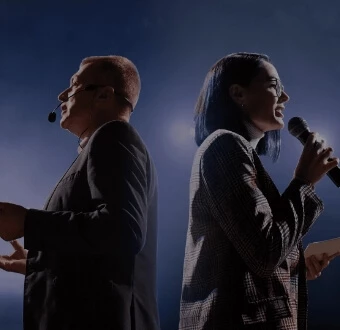 SPEAKERS
SPEAKERS
 TOPICS
TOPICS
Explore the differences between the circular and linear economy. Discover why choosing a circular approach matters for a sustainable future.
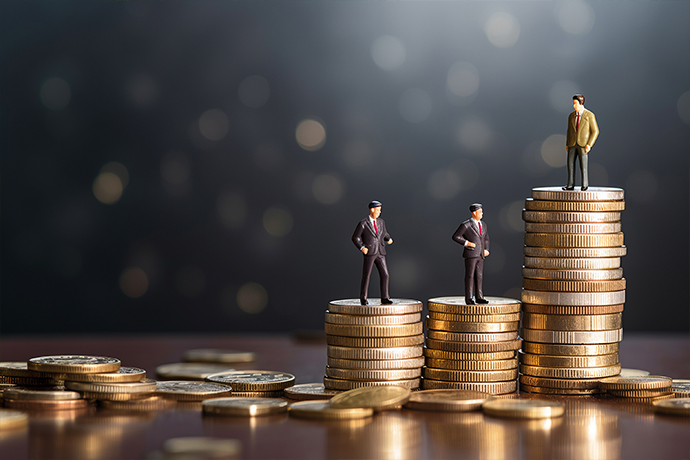
In our modern world, discussions around the circular economy vs linear economy are gaining momentum. As we strive for sustainability, understanding these concepts becomes vital. The debate between these two approaches isn't just academic; it has real-world implications that affect how we live and interact with our environment.
Let's explore what is linear economy and consider why transitioning from a linear to circular economy is crucial for our planet's future.
The linear economy is straightforward. It is characterised by a "take, make, dispose" approach, where raw materials are extracted and then transformed into products, only to be discarded after usage. Historically, this model has been synonymous with prosperity and rapid industrial growth, offering short-term economic benefits. However, as natural resources run low, doubts about its viability emerge.
Single-use plastics epitomise the linear economy example, embodying the disposable culture. The widespread use and subsequent disposal of such items highlight significant environmental challenges. These challenges push us to rethink and innovate in our resource management strategies, questioning whether endless consumption aligns with sustainable practices. Despite its simplicity, the linear economy meaning no longer fits a world striving for sustainability and long-term resilience.
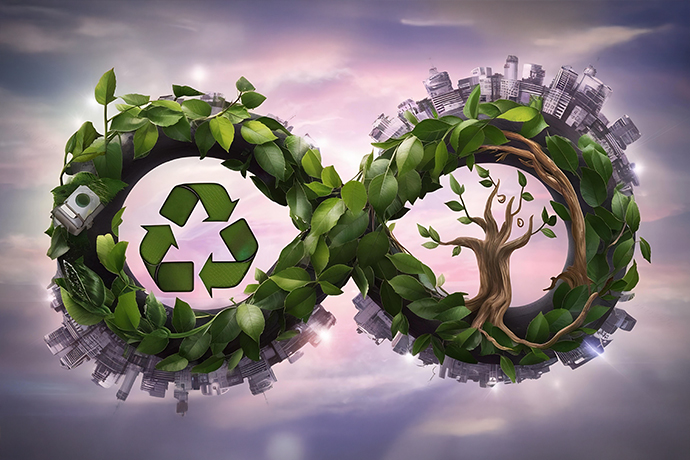
In contrast, the circular economy offers a transformative approach that breaks away from traditional methods. This model prioritises resource efficiency, striving to reshape how we consume and produce goods. By designing out waste from the outset, it encourages the reutilisation and recycling of products, ensuring that what we use today becomes the building blocks of tomorrow. Within the discussion of the circular vs linear economy, the circular model stands out by creating a closed-loop system, where every component is repurposable, fostering a sustainable cycle.
The benefits of transitioning to a circular economy are manifold. Primarily, it emphasizes resource conservation, drastically reducing the necessity for raw material extraction. This is crucial in averting resource depletion and in preserving biodiversity. It also boasts enhanced energy efficiency by lessening the overall energy consumption during production processes, thereby reducing the carbon footprint.
Moreover, the economic advantages of adopting a circular economy are compelling. It fosters the creation of new business opportunities, driving innovation and diversification within industries. This shift can lead to economic resilience and job creation, as industries pivot to sustainable practices and technologies. The circular model ensures that economic growth doesn't come at the expense of environmental wellbeing, but rather complements it, guiding us towards a future where progress and sustainability coalesce harmoniously.
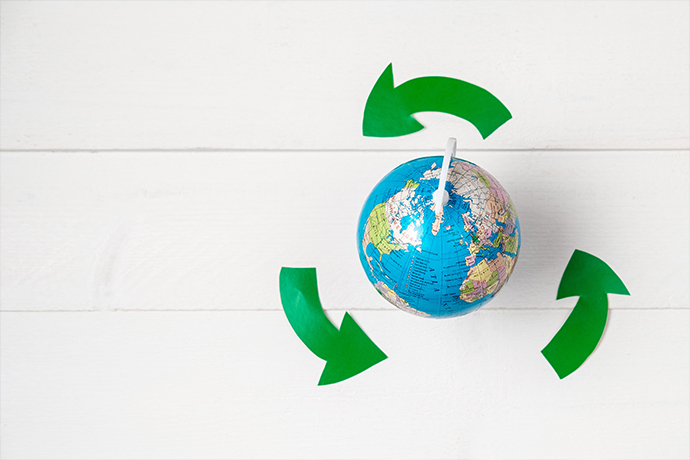
The transition to a circular economy requires collective effort. Businesses, governments, and individuals must collaborate for a seamless shift. This demand for innovation and policy changes presents a unique opportunity. Leaders such as Helen Yu emphasise digital transformation in this realm. Their efforts are about aligning modern technology with sustainable practices.
In the journey from a linear to circular economy, industry leaders are not alone. Consumers play a critical role in this transformation. Our choices significantly influence market demands. By opting for sustainably produced goods, we drive meaningful change. Dr. Tomas Sedlacek often highlights the profound economic impacts of conscious consumer behaviour. He urges society to support eco-friendly initiatives, as our everyday choices hold immense power.
Creating new standards and norms is critical. It involves redefining success beyond mere profitability. Successful businesses view sustainability as a core strategic element. The shift is from competition to collaboration, creating shared value for all stakeholders. This reimagining of business models cultivates a mindset of accountability. As industries evolve, the focus is on enduring progress and continued innovation.
Despite its clear advantages, making a transition from a linear to circular economy isn't without its difficulties. Numerous barriers stand in the way, each demanding dedicated solutions. Businesses often encounter financial constraints and logistical hurdles. Establishing new supply chains involves hefty costs and requires strategic reconfiguration. Yet, leaders like Megan Caywood Cooper consistently underscore the essence of perseverance and the power of innovation. Navigating this transformative journey successfully necessitates a long-term commitment intertwined with carefully crafted strategic planning.
Education and communication are absolutely critical in this journey. By raising awareness among consumers, businesses, and policymakers, the various obstacles to successful circular integration can be dismantled gradually. Leaders like Professor Ozgur Demirtas emphasise the power of informed decision-making as a catalyst for change. Building a strong foundation through education is fundamental as it empowers individuals and institutions to make choices that favour sustainability. Moreover, communication strategies can highlight the long-term benefits of circular models, encouraging wider acceptance and engagement from all sectors of society.
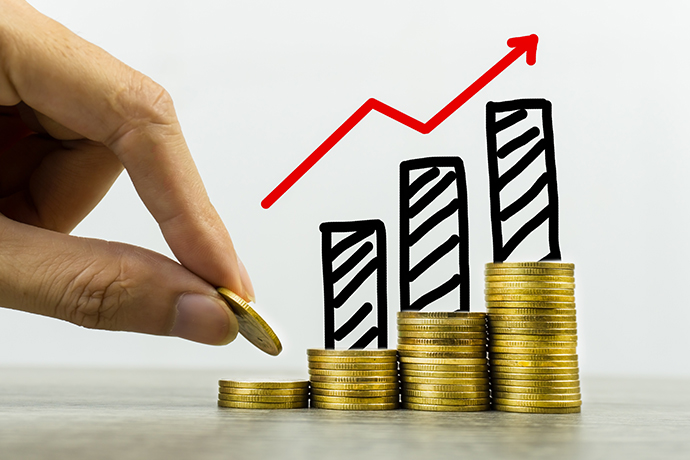
Adopting a circular economy is not just beneficial, it's essential. It promotes a sustainable future, balancing ecological and economic goals. By embracing this model, we can safeguard our planet for future generations. It's a pathway to long-term prosperity and environmental harmony, ensuring a better world for all.
This transformation is about more than just conserving resources; it's a shift in mindset. It's about moving towards a regenerative approach where industries work with nature, not against it. The incentive is clear: economic systems that thrive on renewal rather than depletion offer more security. As illustrated in the circular economy vs linear economy discourse, the old ways of managing resources are no longer viable. Businesses that adapt to a linear to circular economy model demonstrate foresight, seeing beyond short-term gains to embrace sustainable practices.
As Global economy speakers continuously highlight, the urgency of this shift cannot be understated. Environmental problems like climate change, biodiversity loss, and pollution demand immediate action. The pressure on natural resources will only intensify as global populations rise. Transitioning to a circular economy becomes a strategic imperative that transcends mere environmental benefit, embedding sustainability into the fabric of global development. More companies are realising the benefits of sustainable innovation, and as they take the lead, it creates a ripple effect across industries.